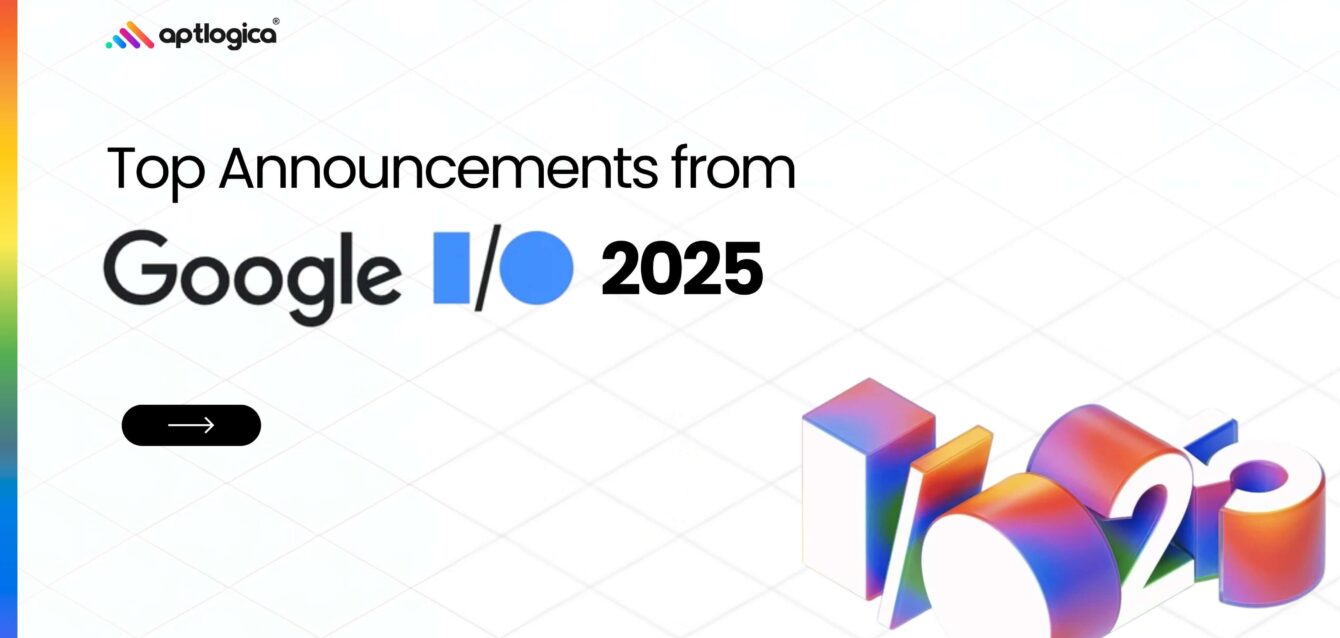By now, you’ve probably seen the headlines, watched the keynote highlights, or maybe even tried out a demo or two — yes, we’re talking about Google I/O recent AI announcements for 2025. Whether you’re a developer, a content creator, a business strategist, or just someone who loves keeping up with tech, it’s impossible to miss the massive shift Google is bringing to the AI landscape this year.
From cinematic video creation at the click of a prompt to an AI assistant that actually feels intelligent — Google I/O latest AI suite isn’t just futuristic, it’s functional, fast, and frankly… fabulous. This isn’t just AI evolution; this is AI revolution.
So if you’re wondering what all the hype is about (or want a clearer picture of how it all fits together), let’s unpack major releases Google dropped in 2025
- Gemini 2.5: The Core of Google’s AI Ecosystem
The Gemini 2.5 model is at the center of Google’s AI ambitions, and it has been implemented into a variety of products and services. Gemini 2.5 Pro has achieved top ranks on benchmarks such as WebDev Arena and LMArena, demonstrating its talents in reasoning, coding, and learning. LearnLM’s incorporation into Gemini 2.5 improves its instructional effectiveness, outperforming competitors in terms of learning science principles.
2. Generative Media: Veo 3, Flow, and Imagen 4
Google has made significant strides in generative media:
- Veo 3: This advanced text-to-video model can generate realistic videos complete with synchronized audio, including dialogue and ambient sounds. It’s available to Gemini Ultra subscribers and enterprises
- Flow: A professional-grade tool that combines Veo, Imagen, and Gemini to create detailed video scenes from simple prompts, catering to creative professionals.
- Imagen 4: An upgraded image generation model that produces highly realistic images, capturing intricate details like water reflections and fabric textures
3. AI Mode in Google Search
Google Search has been enhanced with “AI Mode,” offering a more conversational and interactive experience. This feature provides AI-generated overviews and personalized results, marking a significant shift in how users interact with search engines.
4. Project Astra: The Universal AI Assistant
- Project Astra aims to be a universal AI assistant, integrating multimodal capabilities to understand and respond to various inputs. Demonstrated at Google I/O 2025, Astra showcases Google’s vision for seamless AI assistance across devices and applications
5. Developer Tools: Google AI Studio and Gemini Code Assist
For developers, Google introduced several tools:
- Google AI Studio: A platform for building applications using Gemini 2.5 Pro, featuring native code generation and multimodal capabilities
- Gemini Code Assist: Integrated into popular IDEs like Visual Studio Code and JetBrains, this tool aids developers with code suggestions and automation
6. Google Photos: AI-Powered Editing Features
Celebrating its 10th anniversary, Google Photos introduced AI-driven editing tools:
- Auto Frame: Suggests optimal photo compositions using generative AI.
- Reimagine: Allows users to insert new elements into photos based on text prompts.
These features, previously exclusive to Pixel devices, are now rolling out to a broader range of Android users
7. Myntra’s Launches ‘Dream Room Inspirations’ with Google Cloud AI
In collaboration with Google Cloud, Myntra launched ‘Dream Room Inspirations,’ a feature that uses Google’s Imagen 3 model to generate high-quality interior design images from text prompts, enhancing the online home decor shopping experience.
8. Experimental Projects: Project Mariner and AlphaEvolve
Google is also exploring experimental AI projects:
- AlphaEvolve: An evolutionary coding agent that autonomously discovers and refines algorithms, showcasing Google’s advancements in AI-driven software development.
AI Adoption Metrics
Highlighting the rapid adoption of AI, Google reported a surge from processing 9.7 trillion tokens per month in 2024 to over 480 trillion in 2025, reflecting the widespread integration of AI across its services.
For a visual summary of these developments, you can watch the following video:





